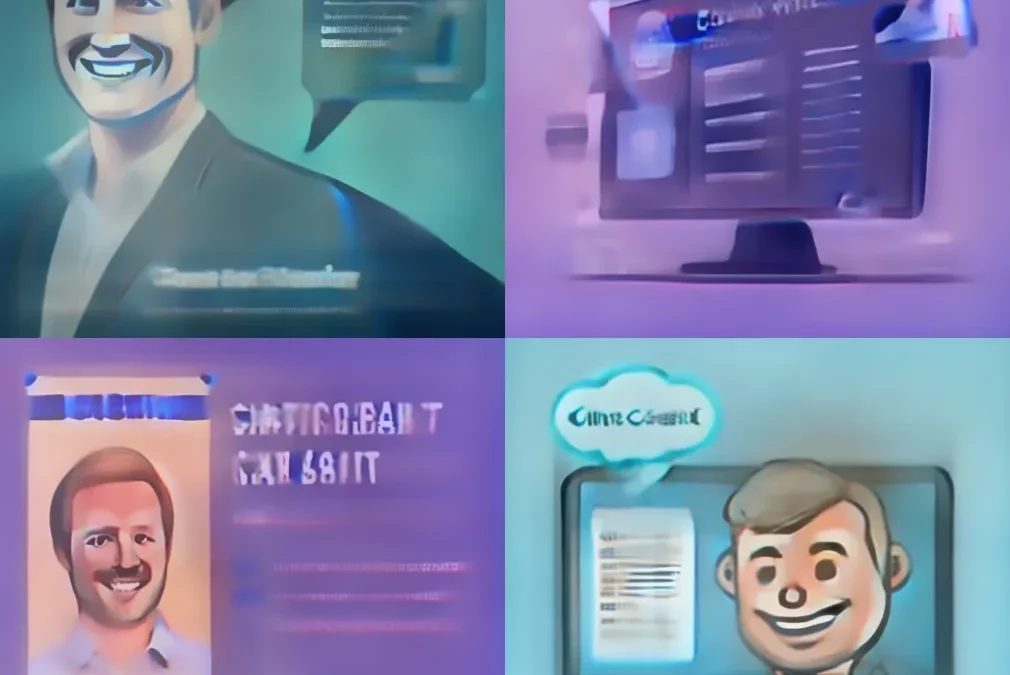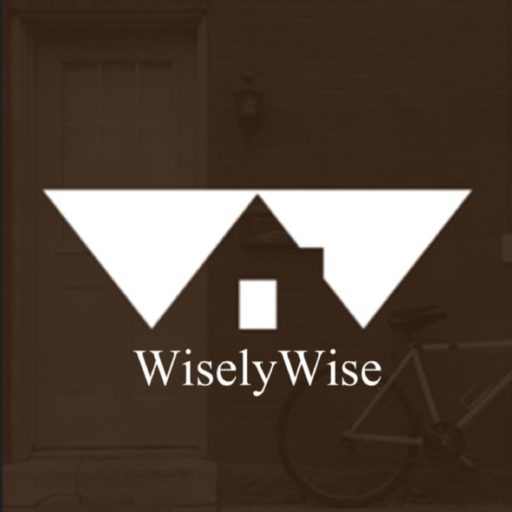
Build with ChatGPT : How-To Build SaaS CRM with No Coding experience
Build with ChatGPT
Image in this article has been generated using MidJourney Generative AI.
Building a CRM Product is usually a Complex process involving multiple talented developers, designers, and other skilled talent.
Below is an Experiment to test 3 hypotheses:
- AI (ChatGPT) is enough to assist a Newbie to build a CRM product
- Learning Coding could become obsolete while Coding continues to be Important(??)
- NoCode Dreams will finally be realized via AI systems like ChatGPT
Below are the Prompts that I used to get responses from ChatGPT and the final working Steps generated by ChatGPT.
To view the raw steps please view the video at the end of the article.
Prompt: I want to build the saas product myself. I want to build a CRM Saas product that is simple and easy to use for startup founders. guide me through the technical steps of building this product.
Build with ChatGPT: Overview of Steps
Building a CRM SaaS product can be a complex process, but here is a general overview of the technical steps involved:
- Define the requirements – Start by defining the functional and technical requirements of your CRM SaaS product. This will help you to identify the key features and functionality that your product needs to offer.
- Choose a technology stack – Choose a technology stack that is appropriate for your product. As mentioned earlier, some popular technology stacks for building SaaS products include MEAN, LAMP, MERN, Ruby on Rails, and Python/Django.
- Design the user interface – Create wireframes and mockups of the user interface for your product. This will help you to design a user-friendly and intuitive interface that is easy to use.
- Develop the backend – Develop the backend of your CRM SaaS product. This will involve building a robust and scalable architecture, creating a database schema, and developing the necessary APIs.
- Develop the frontend – Develop the frontend of your CRM SaaS product. This will involve using a frontend framework such as Angular or React to create the user interface and connect it to the backend APIs.
- Implement features – Begin implementing the key features and functionality of your CRM SaaS product. This may include contact management, lead tracking, sales reporting, and other features that are essential for a CRM product.
- Test the product – Test your CRM SaaS product to ensure that it is bug-free, stable, and user-friendly. This will involve both manual and automated testing.
- Launch the product – Once your product is ready, launch it and start promoting it to your target audience.
- Maintain and improve – Continue to maintain and improve your product based on user feedback and market trends.
Building a CRM SaaS product can be a challenging but rewarding process. It is important to prioritize simplicity and ease of use, especially for startup founders who may not have a lot of experience with CRM software. Be sure to conduct thorough research, work with an experienced team, and use an agile development methodology to ensure that your product meets the needs of your target audience.
Requirements definition
I want to build a Simple and Easy to Use CRM for Startup Founders
Choosing the Tech Stack
I want to use python/django. what is the next step
Steps for readying Tech Stack
If you have decided to use Python/Django for building your CRM SaaS product, here are the next steps you can take:
- Set up your development environment – Install Python and Django on your local machine. You can use a virtual environment to manage your dependencies and isolate your project from your system’s Python installation.
- Design your database schema – Determine the tables, columns, and relationships that you will need in your database. You can use Django’s Object-Relational Mapping (ORM) to define your models and create the necessary database tables.
- Develop the backend – Use Django to develop the backend of your CRM SaaS product. This will involve creating views, templates, and URLs to handle requests from the frontend, as well as building APIs to provide data to the frontend.
- Develop the frontend – Use a frontend framework such as Angular or React to develop the frontend of your CRM SaaS product. This will involve creating components, services, and other frontend elements that interact with the backend APIs.
- Implement features – Begin implementing the key features and functionality of your CRM SaaS product. This may include contact management, lead tracking, sales reporting, and other features that are essential for a CRM product.
- Test the product – Test your CRM SaaS product to ensure that it is bug-free, stable, and user-friendly. This will involve both manual and automated testing.
- Deploy the product – Once your product is ready, deploy it to a production environment. You can use a cloud platform such as AWS or Google Cloud Platform to host your application.
- Maintain and improve – Continue to maintain and improve your product based on user feedback and market trends. This may involve adding new features, improving performance, and fixing bugs.
Using Python/Django for building your CRM SaaS product can provide several advantages, including fast development, scalability, and a large community of developers and resources. Be sure to follow best practices and use secure coding techniques to ensure the security and reliability of your product.
In the interest of brevity the complete article is available at this link: Build SaaS CRM
Learn all about AI with our Courses. You can also view our Online Learning Platform at WiseCentral
View the Complete Video showing the interaction with ChatGPT:

Recent Comments